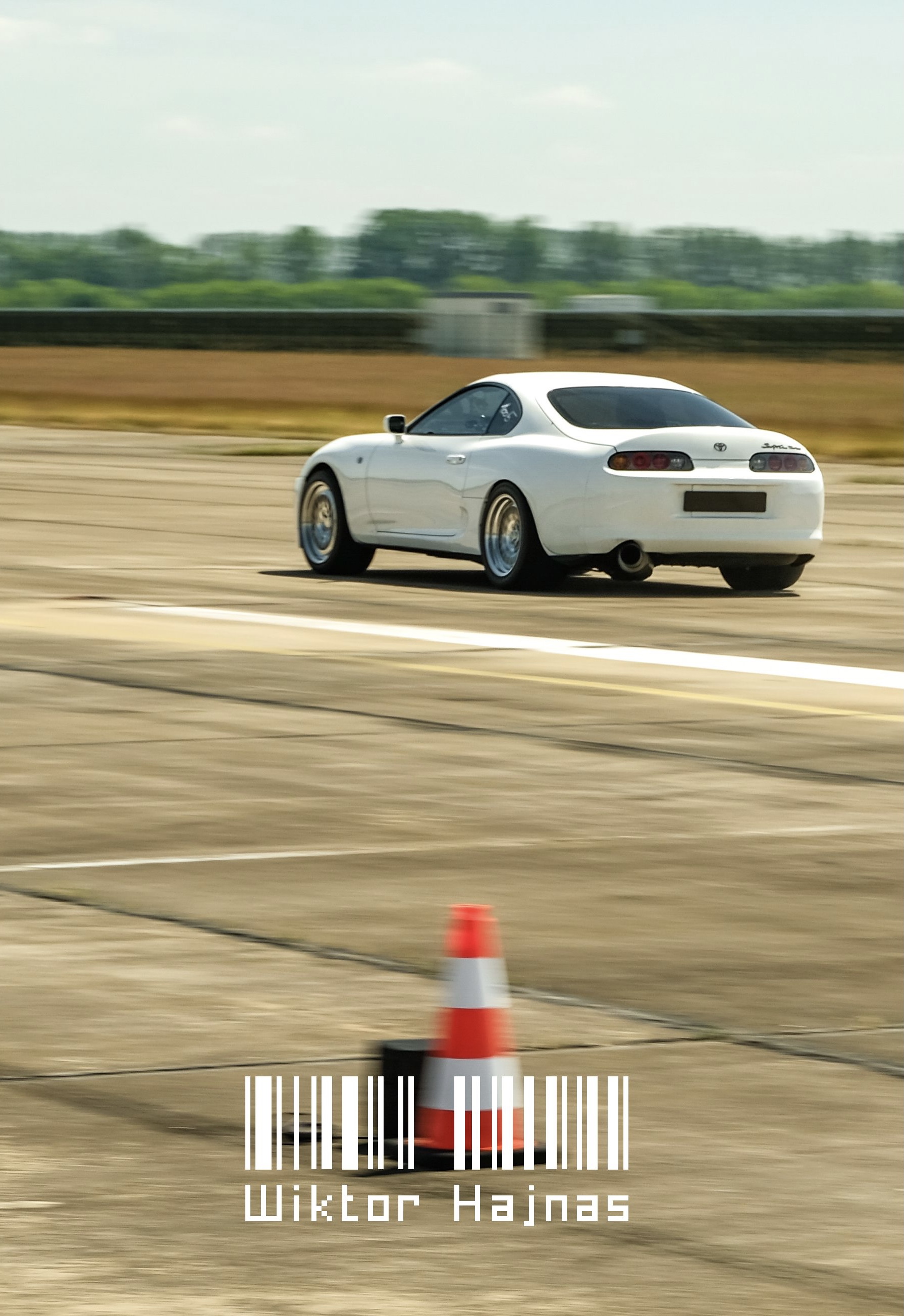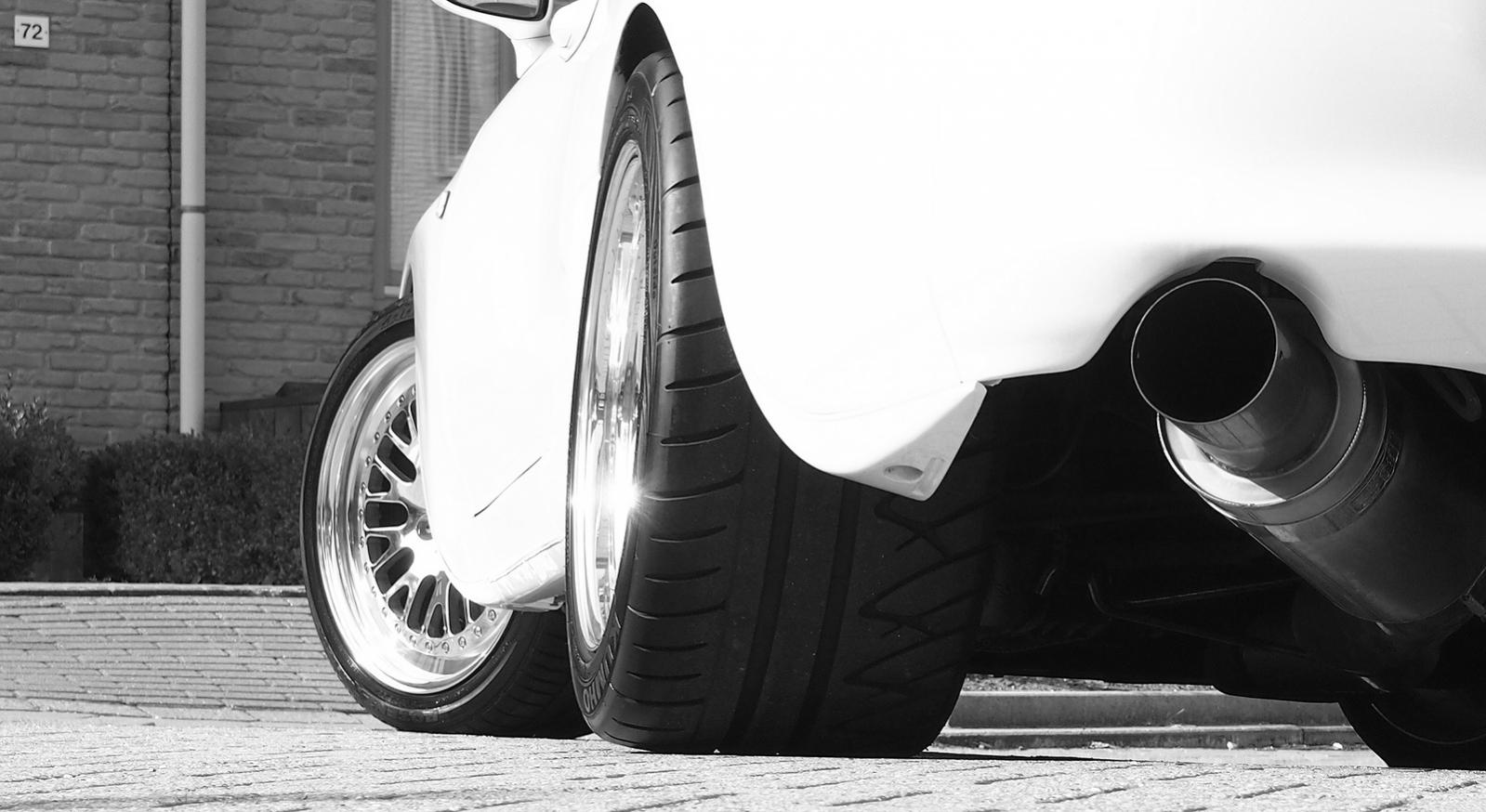-
Posts
1257 -
Joined
-
Days Won
1
Content Type
Profiles
Forums
Store
Blogs
Events
Downloads
Supra Articles
Gallery
Everything posted by Mario
-
Hope you can find something which makes both parties happy, thanks for keeping the calendar going, I'm in for a new one.
-
Nicely done, looking forward to future updates.
-
Bridgestone Potenza's RE050A are very good tires, potenza in common is just a middle name there too many potenza's in their product range, http://auto.bridgestone.eu/passenger-tyres/ranges/potenza/overview/?&p=1 or check out their sport performance range, http://www.bridgestone.com/sc/potenza/
-
Todays builds often include the ffs ‘’flex fuel sensor’’ or acs ‘’alcohol content sensor’’. But how does it actually measure the alcohol content in a blend with gasoline? Why is the FFS installed in the return line and not the feed line? With these questions in mind I started searching, here is an description found of the basic principle of how the ffs works. The so called flexible fuel vehicle (FFV) runs on normal gasoline but also blends of gasoline and ethanol. In the US and Europe E85 is a common fuel which includes 85 % of ethanol and 15 % of gasoline. The limit in ethanol content is set to avoid cold starting problems during cold weather and to reduce ethanol emissions at low temperatures. Due to the lower energy density of ethanol compared to gasoline, the fuel economy is reduced by up to 30 %. However, the performance of the engine remains the same. There are flexible fuel vehicles that adjust the fuel injection based on the oxygen sensor’s signal. The stoichiometric air/fuel mixture for gasoline is 14.7 whereas for E85 the required mass of air is 8.765 times the mass of the fuel to be burned in the cylinder. If the ethanol content in the fuel increases the oxygen sensor will indicate a lean mixture and the ECU will increase the amount of fuel injected. When using this method any change in the air/fuel ratio will result in an adjustment of the fuel injection, even though the change might be related to some failure in the system. Therefore, it is more accurate and reliable to employ a flexible-fuel sensor, also called flex-fuel sensor. The sensor determines the ethanol content of the fluent fuel before it is injected. For an immediate response the location of the sensor is chosen as close to the injector as possible. The picture above shows the measurement cell of the sensor. It is basically a cylindrical capacitor consisting of two tubes, the inner and outer electrode. The fuel flows through the gaps between. An AC voltage is applied to the electrodes. The relative permittivity of the fuel changes with the ethanol content, which leads to a change in the capacity accordingly. As the capacitance increases with increasing ethanol content, the oscillation frequency in the system will decrease and vice versa. The analog frequency output is tied to a microprocessor which determines the capacitance by working backwards from the measured frequency. Due to the correlation between ethanol’s permittivity and the fluid’s temperature, the microprocessor corrects the capacitance for temperature variations in the fuel according to the output from an NTC (Negative Temperature Coefficient) thermistor. In addition, errors caused by the different conductivities of gasoline and ethanol are corrected. The frequency of the single-wire output of the microprocessor to the ECU indicates the percentage of ethanol in the fuel. If required by the OEM the pulse width of the signal will indicate the fuel temperature. The ECU adjusts the injection according to the blend of the fuel, which leads to a stoichiometric combustion. Why is the FFS installed in the return line and not the feed line? The reason to put it in the return line is not to have any chance of slowing down/(restriction of) the fuel delivery to the engine. The line size on the sensor isn't very big so most people install it in the return line with an additional y-piece setup so it doesn’t slow/restrict the return fuel either. ^^Installation with bypass ^^Installataion without using a bypass http://www.cvel.clemson.edu/auto/sensors/flex-fuel-sensor.html
-
Best of luck with the build Rob! Looking forward to see the progress on this.
-
Nice, looking forward to the updates.
-
Depending on what ride heigt you choose, when going real low at the back i'd say yes, for the fronts I think you'll get away with the stock fenders when lowering.
-
Front wheels stock are 17x8" +50 and for a flush fit with the fender, you need a approximately 33-35mm spacer. Rear wheels stock are 17x9.5" +50 and for a flush fit with the fender, you need a approximately 25mm spacer.
-
The reason for the left drive shaft being 6mm shorter is due to the big diff's left side is a bit longer then the small case diff. Thats why Toyota made the left side drive shafts shorter for the big cased diff.
-
IMO when changing from an large case to an small case diff, you'll need to change the rear left driveshaft as well as the propshaft. Have a look here for reference and pictures.http://mkiv.com/techarticles/auto_to_6spd_swap/differential/index.html ^^above link shows difference in length of the rear left driveshaft, it's an short description from auto to manual but shows whats needed in the process when you decide to go small case (3.7 final drive). Best of luck with the swap.
-

What happens when I get my hands on dads car keys...
Mario replied to Chris Bailey's topic in Supra Chat
What happens when I get my hands on dads car keys... Running into the police:innocent: Just joking, Should be a quick car now with the new auto trans. -
That's right Sheefa Thanks, yes there is some nice builds going on at the moment.
-
-
Congrats with the results, looking forward to see the future upgrades.
-
Can work out as an great street set-up Adam, quite interesting choice:)
-
Looking forward to see the gear vs speed graphs.
-
When deciding on clutch i'd also look in the process what is needed to rebuild them, keeping downtime to a minimum. PS what is the reason you've chosen for the 3.5 final drive over the 3.2 and 3.1 options Adam?
-
Cheers Luc, was a nice trip down to Newcastle.
-
Had the car shipped to the UK now, Lee arranged pick-up from Newcastle. Here's a few pics from the journey to Newcastle. ^^Srapped down on the trailer and ready for it's journey to Lee's. I went back to Holland same day. Later that day the car arrived safely at Lee's:)
-
Nice one James!
-
Good looking car there James, keep the updates coming. Lovely color too:thumbs:
-
I know ''V8KILR'' is running the G4 plug in on a non vvti, maybe shoot him an pm. http://www.mkivsupra.net/vbb/showthread.php?275474-My-2JZ-GTE-Supra-Link-G4-plug-in-ECU-install-and-tune
-
Thanks for the kind words guys. Yes I use 1 microfiber towel soaked with ''was benzine'' don't know the correct word for it in English (cleaning nafta) and one clean/dry microfiber towel to remove residu.
-
Was going to re-polish the wheels again, and thought about of making a little time lapse clip showing the process I use to get them back to life. Enjoy











